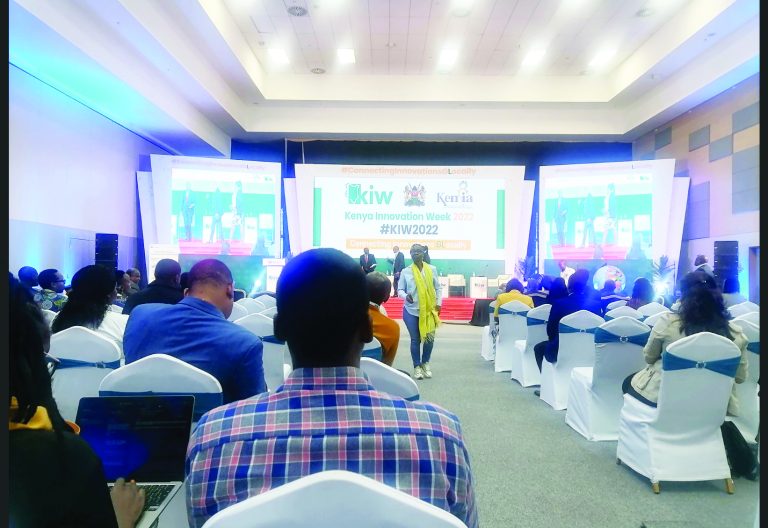State taps Rusinga festival to boost domestic tourism

As 2024 comes to an end, the picturesque Rusinga Island in Homa Bay County did not disappoint as it played host to a vibrant cultural celebration that brought together thousands of visitors from across the region.
The two-day event takes place annually just before Christmas among Abasuba community located on the Eastern part of Lake Victoria in the Western region of Kenya. The festival which showcases the community’s rich heritage was sponsored by Tourism Fund with the aim of promoting cultural and domestic tourism in the region.
It drew visitors from as far as Migori, Kisumu, Siaya, and various parts of Homa Bay, making it a significant occasion for both locals and visitors alike.
It featured a dazzling array of traditional displays, including culinary arts, cultural dances, graffiti, and music that embodied the vibrant customs of the Suba community.
Patricia Ondeng, the Head of Corporate Affairs and Marketing at the Tourism Fund who spoke at the event highlighted the crucial role of the corporation, which is financed through a two per cent levy paid by the hospitality sector.
“This fund is essential in supporting initiatives like the Rusinga Cultural Festival,” she said.
“It not only celebrates our cultural heritage but also contributes significantly to boosting domestic tourism. We urge all those in the hospitality industry to pay their tourism levies promptly each month, ensuring continued growth and sustainability of such events.”
The festival’s impact was felt beyond the cultural displays. Residents John Omollo, Mary Okello, and Janet Odhiambo expressed their joy and appreciation for the domestic cultural event.
“This cultural bonanza has truly brought our community together,” said Omollo.
“It is a moment of pride for us to celebrate our traditions and share them with others. We are grateful to the Tourism Fund for making this possible, and we hope to see this event repeated every year.” For local traders, the festival was more than just a cultural occasion; it was an economic boost.
Business at the Kamasengre trading centre, one of the main hubs on the island, saw a significant uptick as visitors flocked to buy local crafts, food, and souvenirs. “The event has brought a lot of business to us,” a trader at the centre said, adding: “We are looking forward to more such events, as they help promote tourism and increase revenue for everyone.”
The success of this year’s festival has left a lasting impact on Rusinga Island, both culturally and economically. As the event concluded, there was a sense of optimism for the future.
According to Ondeng, the festival’s success is a testament to the power of cultural tourism and the role it plays in strengthening local economies, creating jobs, and celebrating the rich traditions that make each community unique.
She said tourism Fund is exploring ways of working closely with Kenya Tourism Board, to promote domestic tourism in the Western Kenya circuit by leveraging cultural activities and to woo the industry players to pay the two per cent levy to finance such activities.
Ondeng said in highlighting these cultural aspects, the fund hopes to attract more local tourists, thus boosting the regional economy and enhancing awareness about the diversity and uniqueness of Kenya’s cultural heritage.
The Western Kenya circuit is known for its vibrant communities, historical sites, and natural beauty. Key areas in this region include Kisumu, Kakamega, Bungoma, and Busia, each offering distinct cultural experiences.















